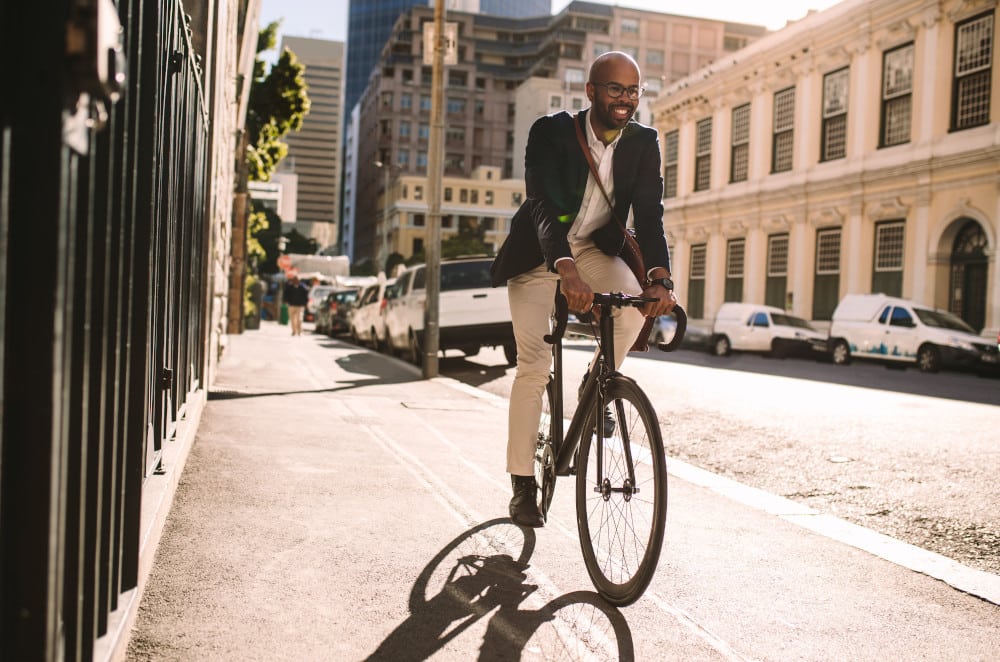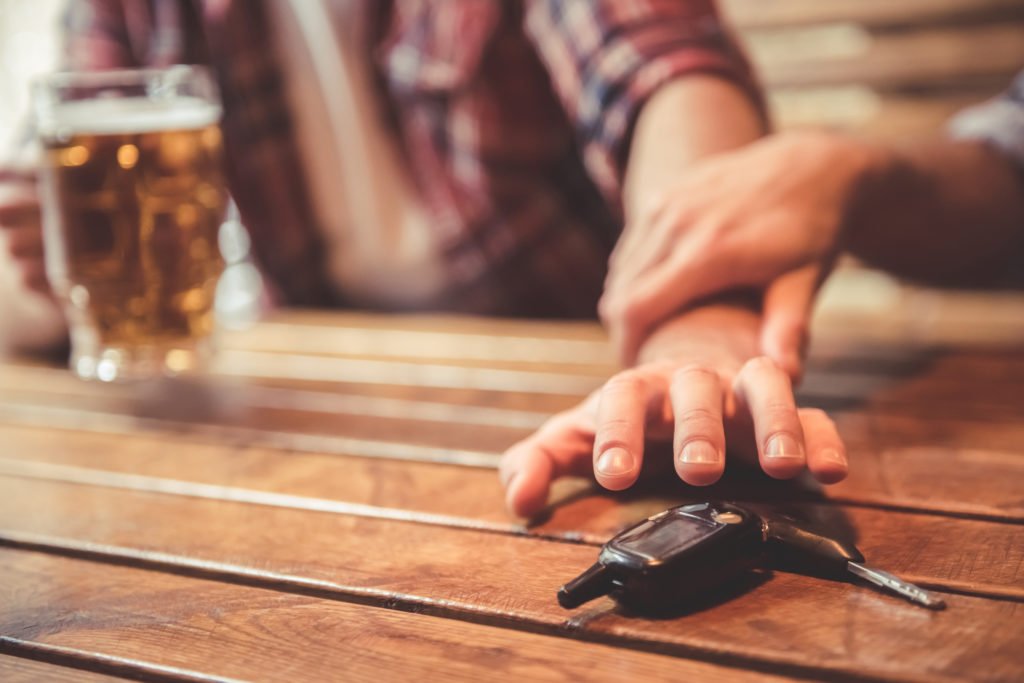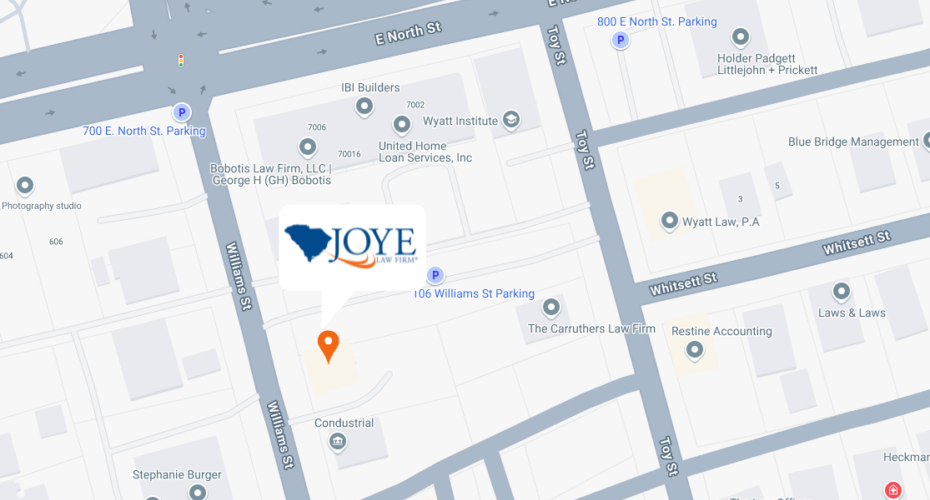
Cycling is a popular activity for South Carolinians, especially during the warmer months. It is an excellent way to discover the state’s best scenery and landmarks, such as the Ravenel Bridge, the Three Rivers Greenway in Columbia , or the Waccamaw Neck Bikeway.
If you are riding your bike in urban areas, like downtown Charleston, you’ll need to consider biking laws for riding on the sidewalk or in the city’s bike lanes. Understanding your rights and responsibilities as a bike rider can help keep you safe and prevent accidents with nearby motor vehicles.
Where Can Cyclists Legally Ride Their Bikes?
Although bicycles are not motor vehicles, South Carolina defines them as a type of vehicle (SC Code 56-5-160), meaning they are subject to traffic laws and signage. Bicycle users are expected to follow all applicable traffic laws and the flow and direction of traffic, such as remaining on the right side of the road and avoiding oncoming traffic, as they would when operating any other vehicle.
While no specific state law prohibits bicyclists from riding on the sidewalk instead of the road, there are two notable exceptions: when bicycle lanes are available and when the local municipality or government forbids it.
Bicycle Lanes
According to the South Carolina Code of Laws (Section 56-5-3425), if a bicycle lane is available, bicycle riders must ride inside it whenever possible.
The law allows for an exception when passing another person or avoiding an obstacle. For example, if you are about to pass another rider in the bicycle lane, you can temporarily ride on the road to do so.
Per 56-5-3425(2), if the road only features a recreational bicycle path instead of a clearly marked and separated lane, it does not count as a bicycle lane. In this case, bicyclists may continue using the primary roadway instead.
Where Permitted By Local Ordinances
Municipalities and local governments in South Carolina have the authority to pass ordinances banning bicyclists from riding on sidewalks within their jurisdiction. Check your city’s local regulations to determine whether it is legal to ride on the sidewalk.
For example, in Charleston, SC, the Code of Ordinances (Section 19-125) states riding a bicycle on the sidewalk is prohibited except in three cases:
- The rider is 12 years old or less and riding a bicycle with a wheel diameter of 24” or less
- The sidewalk is at least 8’ wide and designated as a shared-use path
- The adjacent highway has a posted speed limit of 35 mph or more unless a bicycle lane is available or other signage prohibits bicycles
Where Should You Ride if There Is No Designated Bike Lane?
If you cannot legally ride on the sidewalk and no designated bike lanes are available, you must use the road and share the roadway with other vehicles.
Because bicycles also count as vehicles on South Carolina roadways, riders must remain as close as possible to the right side of the road (Section 56-5-1810). Exceptions apply in appropriate situations, such as passing, avoiding hazards, or turning left.
How to Determine Liability in a Bicycle-Vehicle Accident
If you are involved in an accident as a bicyclist in a bike/car accident and the motor vehicle driver broke the law, the driver may be liable for your injuries. To prove the other driver’s negligence, your claim must have the following three details:
- Proving the Other Driver Owed You a Duty of Care: In South Carolina, state law requires drivers of all motor vehicles to exercise due care and avoid hitting pedestrians (Section 56-5-3230) and other more vulnerable road users. These laws indicate that all motor vehicle drivers owe bicyclists and pedestrians a duty of care on the road.
- Proving the Other Driver Has Breached Their Duty of Care: To prove a driver has breached their duty of care, you and your attorney must demonstrate they’ve violated a state law or local ordinance at the time of the accident. For example, drivers must maintain a minimum safe distance between cars and bicycles per state law (Section 56-5-3435). If a driver followed you too closely on the road before the collision, they may have violated this statute, breaching their duty of care.
- Proving Your Injuries Are the Result of the Breach of Duty: You must gather information to prove the driver’s negligence has directly resulted in the injuries you received during the accident. A skilled South Carolina bike crash lawyer can help you build your case by documenting evidence of the accident, photos and videos of the crash scenes, police reports, and medical records showing the extent of your injuries.
Joye Law Firm Protects the Rights of South Carolina Bicyclists
Seeking expert legal representation after a bike crash in South Carolina is critical to protect your rights and get the compensation you deserve. At Joye Law Firm, we will use our expertise to help you navigate the complex legal processes of your bicycle accident case and win a fair settlement for any damages you suffered due to a negligent driver’s actions.
Contact our legal team today to schedule a free consultation. We will review your case and help you start your compensation claim.







































